When it comes to white wines, two varieties often steal the spotlight for their unique and distinct flavors: Riesling and Gewürztraminer. These two German-born grapes have made a name for themselves in the wine world, captivating both connoisseurs and casual drinkers alike. Riesling, known for its versatility and ability to showcase terroir, offers a wide range of styles from bone-dry to lusciously sweet.
On the other hand, Gewürztraminer charms with its intense aromatics and tropical spice notes that add a delightful complexity to every sip. Join us as we embark on an exploration of these contrasting yet equally intriguing grape varietals – Riesling versus Gewürztraminer – in a battle of taste that promises to leave you captivated by their individual charm.
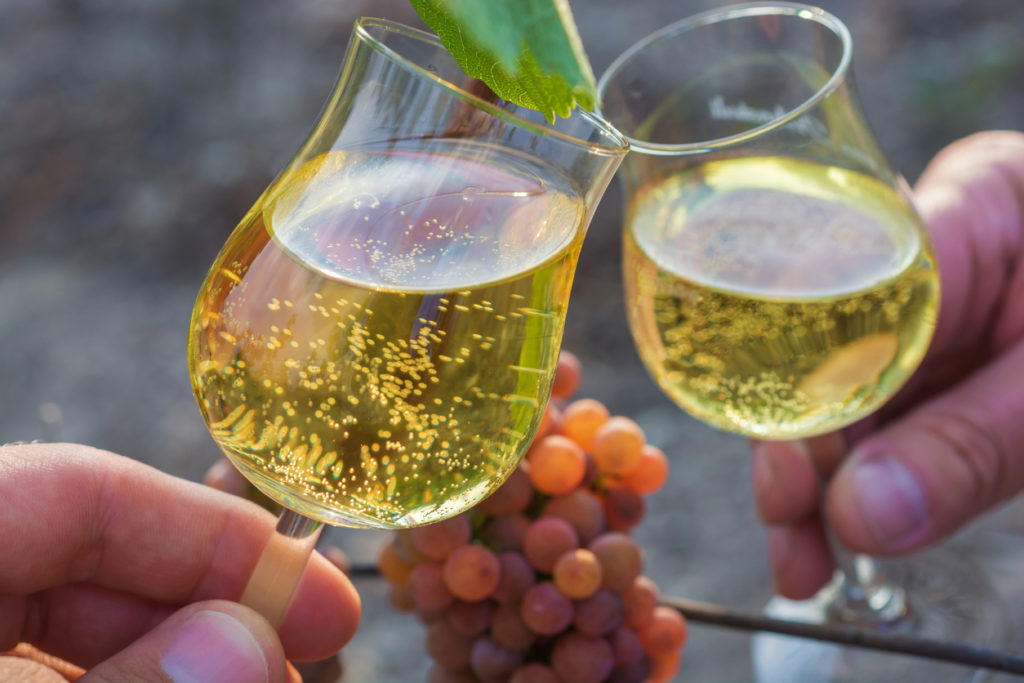
Understanding Riesling
Riesling, often misunderstood as a sweet white wine, offers a multitude of complex flavors and styles that are worth exploring. Contrary to popular belief, Riesling can be both dry and sweet, depending on the region and winemaker’s preference. It is this diversity that makes Riesling such an intriguing varietal.
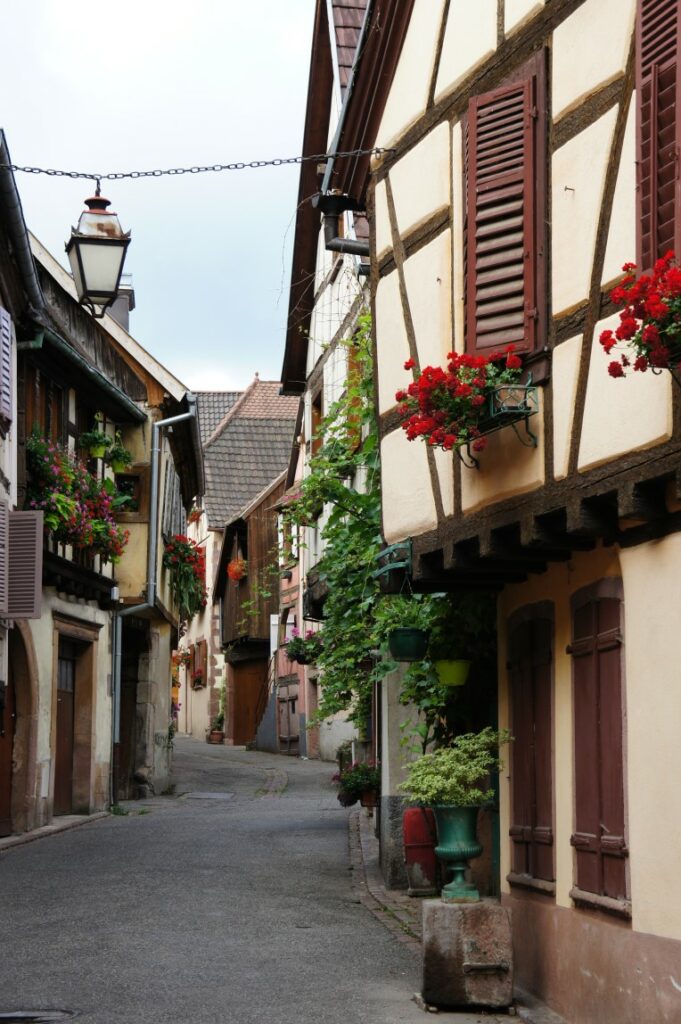
One key factor in understanding Riesling is its ability to reflect terroir like no other grape. The aromatic profile of a Riesling can vary greatly depending on factors such as soil type, elevation, and climate. For example, German Rieslings tend to showcase notes of green apple and peach with vibrant acidity due to the cool climate where they are grown. On the other hand, Australian Rieslings are known for their citrusy flavors with pronounced minerality resulting from the warmer regions they thrive in.

Another fascinating aspect of Riesling is its aging potential. While most white wines are best consumed within a few years of release, high-quality Rieslings have the ability to age gracefully for decades. As they mature, these wines develop complex aromas of honeyed petrol and dried fruits while balancing their natural acidity with more rounded nuances. This aging potential adds depth and longevity to the enjoy Riesling.
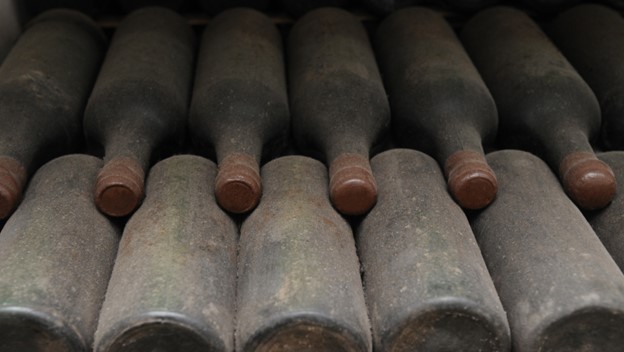
In conclusion, delving into the world of Riesling reveals a versatile and captivating wine that offers much more than meets the eye (or tongue).
Understanding Gewurztraminer
Gewurztraminer, a lesser-known white wine varietal, originates from the Alsace region of France. Its name translates to spicy traminer, which aptly describes its unique flavor profile. Gewurztraminer often exhibits intense aromas of lychee, rose petals, and tropical spices such as ginger and cloves. These bold and aromatic characteristics set this grape apart from other white wines and make it an intriguing choice for wine enthusiasts.

One of the distinctive aspects of Gewurztraminer is its full-bodied nature. Unlike many light-bodied whites, Gewurztraminer has a rich texture that coats the palate with flavors that linger long after each sip. This characteristic makes it an excellent pairing for spicy cuisine like Thai or Indian food. Here the wine’s boldness can stand up to the strong flavors on the plate.
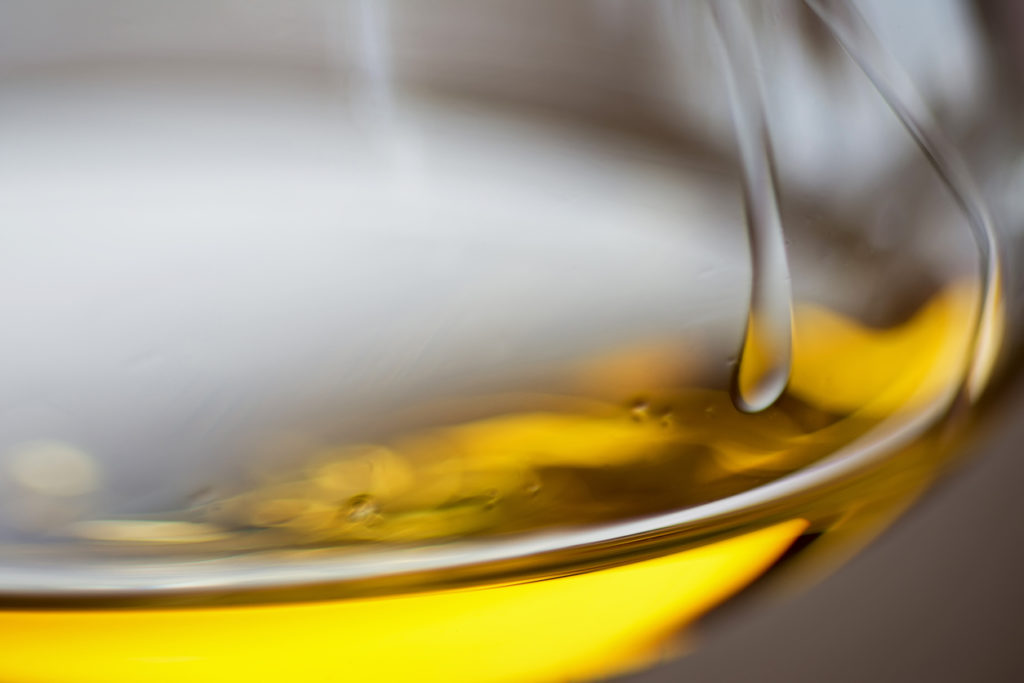
Interestingly enough, Gewurztraminer is also known for its ability to age well—a trait not often associated with white wines. While most whites are meant to be consumed within a few years of their release, Gewurztraminers can develop complex flavors and nuances over time when stored properly. This aging potential adds another layer of fascination to this already intriguing varietal.
Understanding Gewurztraminer goes beyond simply acknowledging its unique aroma and flavor profile. There is an entire world waiting to be explored within each bottle.
Differences between Riesling vs Gewurztraminer
When it comes to white wines, Riesling and Gewurztraminer are often mentioned in the same breath. However, these two varieties couldn’t be more different. Riesling is known for its high acidity and versatility, while Gewurztraminer offers a unique aromatic profile and bold flavors.

One key difference between Riesling and Gewurztraminer lies in their flavor profiles. Riesling tends to have a crisp and refreshing taste with notes of green apple, citrus, and sometimes even petrol. In contrast, Gewurztraminer exhibits more tropical fruit aromas like lychee, rose petal, spice, and tropical fruit. These flavors make the wine stand out as rich and complex.
Sweetness
Another notable distinction is the level of sweetness. While both Riesling and Gewurztraminer can be made in various styles ranging from dry to sweet, it’s often said that Gewurztraminer leans towards the sweeter end of the spectrum compared to Riesling. This sweetness adds an opulent mouthfeel without being overpowering or cloying. You can find some rare examples of very dry Gewurztraminer at the Domaine Leon Boesch in the Alsace region.

Food Pairing
When it comes to food pairing, Riesling and Gewurztraminer offer two distinct experiences. Riesling is known for its high acidity and versatility, making it a delightful choice for a wide range of dishes. Its crispness and citrus flavors complement seafood dishes beautifully, while the sweetness in some Rieslings can balance out spicy or savory Asian cuisine. On the other hand, Gewurztraminer boasts a spicier profile with notes of lychee, rose petals, and ginger. This aromatic white wine pairs exceptionally well with bold flavors like curries or Moroccan tagines.

Ageing Potential
Another point of differentiation lies in their aging potential. Riesling has a remarkable ability to age gracefully over decades thanks to its acidity and balanced sugar levels. As it matures, the wine’s flavor profile evolves into complex layers of stone fruits and honeyed nuances. However, Gewurztraminer does not necessarily benefit from extended aging as much as Riesling does. You can enjoy it best within 5-10 years after bottling when its tropical fruity aromas are most pronounced.

Alcohol Content
One crucial difference between Riesling and Gewurztraminer lies in their alcohol content. Riesling generally tends to have a lower alcohol content than Gewurztraminer. This variance can greatly affect the experience and perception of these two wines. The lighter nature of Riesling with its lower alcohol levels allows for a more refreshing and crisp tasting profile. This makes Riesling an excellent choice for those who prefer a milder wine that is not overwhelming on the palate.
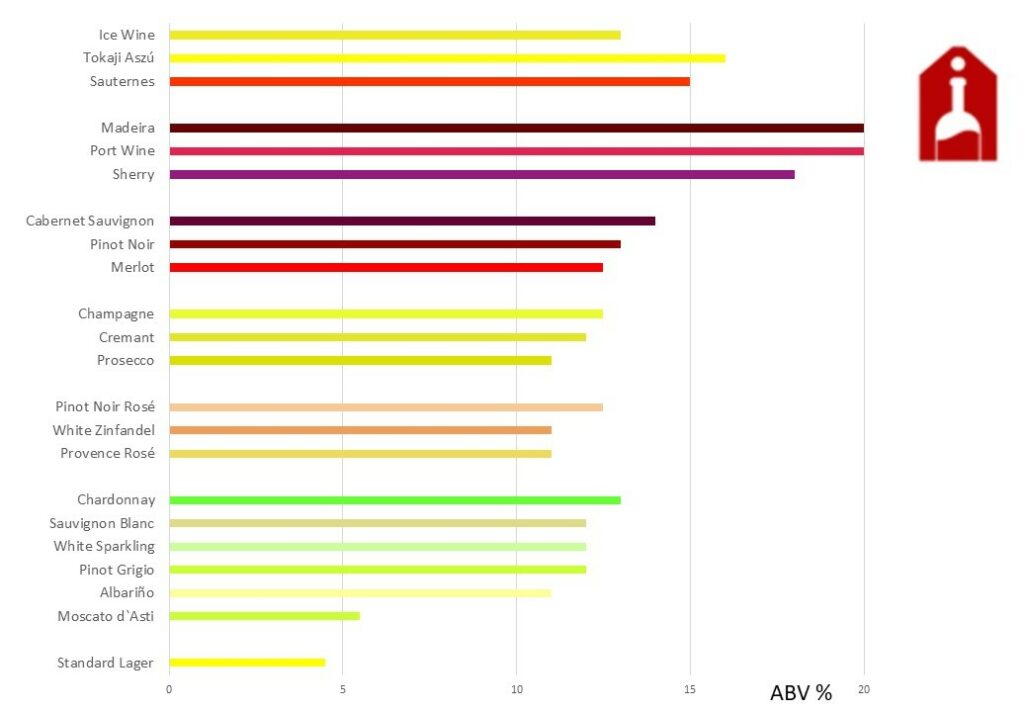
On the other hand, Gewurztraminer typically boasts higher alcohol levels, which give it a fuller body and increased richness. This extra alcoholic punch contributes to a greater intensity of flavors, resulting in an overall bolder taste. The higher alcohol content also adds warmth to the mouthfeel, providing a fuller sensation when sipping on this aromatic wine.

Overall, it is fascinating how such small variations in alcohol content can significantly impact the character of these two white wines. Whether you lean towards the delicate nuances of Riesling or prefer the boldness brought about by higher alcohol levels present in Gewurztraminer, both options offer distinctive experiences worth exploring for any wine enthusiast seeking new delights.
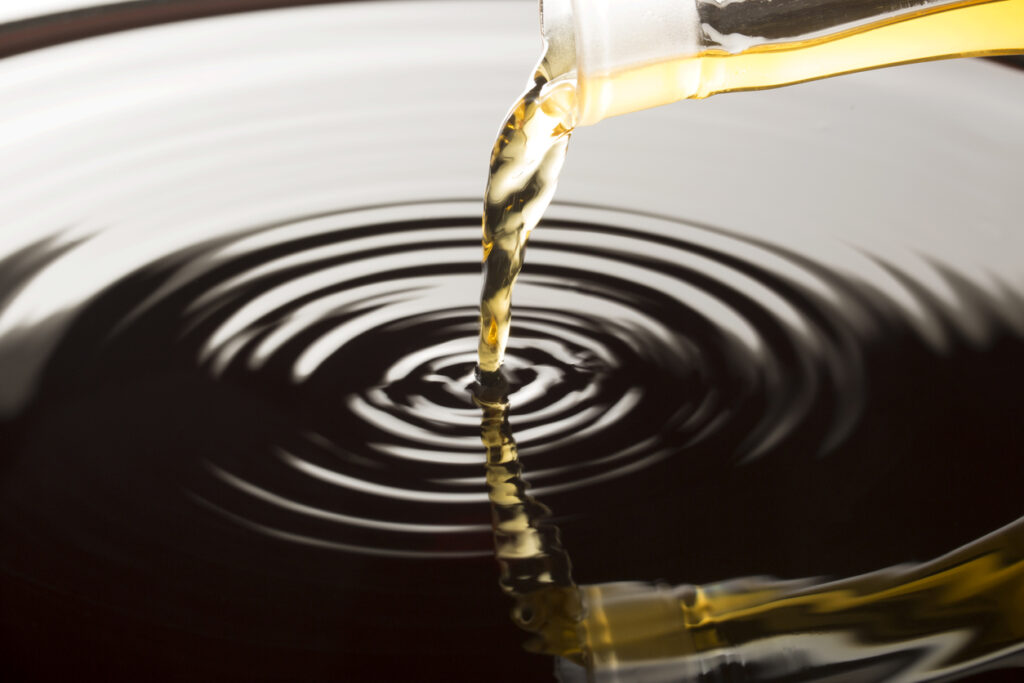
Conclusion
In conclusion, wine enthusiasts highly regard both Riesling and Gewurztraminer. These wines show distinct characteristics that make them unique in their own right. Riesling offers a refreshing acidity and a wide range of flavors, from crisp citrus to luscious tropical fruits. This characteristic makes it incredibly versatile and food-friendly. On the other hand, Gewurztraminer is known for its intense aromatics. It shows notes of lychee, rose petals, and spice that can be both tropical and captivating. Ultimately, the choice between Riesling and Gewurztraminer comes down to personal preference and the occasion at hand.

